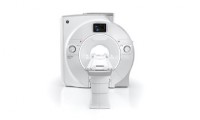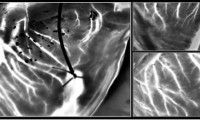-
GE HealthCare partners with Mayo Clinic to accelerate work on imaging and AI
- Source: drugdu
- 125
- September 18, 2023
-
Multimodal intervention approach shows promise in managing and reversing cognitive impairment
- Source: drugdu
- 202
- August 18, 2023
-
Pfizer Group B Strep Vaccine for Infants Returns Encouraging Mid-Stage Trial Results
- Source: drugdu
- 109
- July 21, 2023
-
‘Aging’ immune cell levels could predict how well we respond to vaccines
- Source: drugdu
- 100
- June 29, 2023
-
Study shows link between death perception and reduced aging in flies
- Source: drugdu
- 123
- June 15, 2023
-
Indivior’s Opvee crosses FDA finish line, adding new overdose rescue option amid raging opioid epidemic
- Source: drugdu
- 120
- May 25, 2023
-
Hand-gesture decoding using data from noninvasive brain imaging
- Source: drugdu
- 138
- May 22, 2023
-
Life Bio, Forge to develop gene therapies for aging-linked diseases
- Source: drugdu
- 120
- May 11, 2023
-
Laser speckle imaging can identify hearts suitable for transplantation
- Source: drugdu
- 215
- April 27, 2023
-
Scientists develop fastest calcium indicators yet for neural imaging
- Source: drugdu
- 104
- April 6, 2023
your submission has already been received.
OK
Subscribe
Please enter a valid Email address!
Submit
The most relevant industry news & insight will be sent to you every two weeks.












